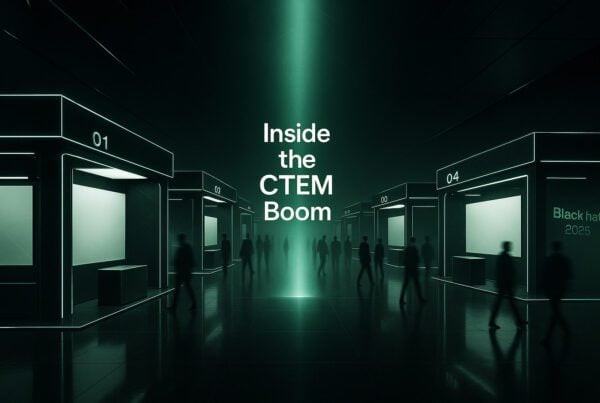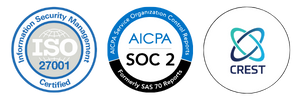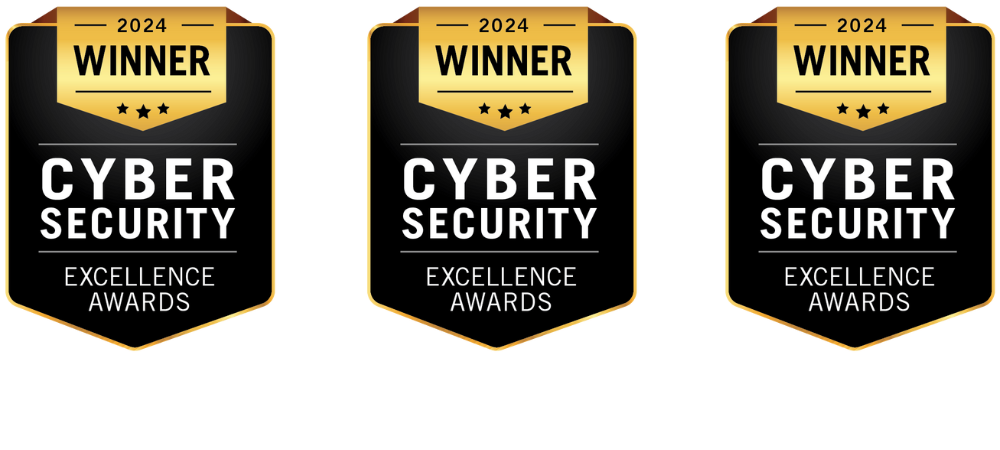Modern enterprise networks are more complex than ever, with sprawling cloud environments, remote workforces, third-party integrations, and a constant influx of new vulnerabilities. Security teams are bombarded with thousands of alerts daily, making it nearly impossible to address every issue effectively.
So, how do organizations determine which threats demand immediate attention? This is where Continuous Threat Exposure Management (CTEM) transforms the game. By continuously assessing, contextualizing, and prioritizing security risks, CTEM helps organizations focus on the vulnerabilities that pose the greatest danger to their operations.
Let’s explore how CTEM enhances threat prioritization in complex networks, helping security teams cut through the noise and take proactive steps to mitigate risks before they escalate.
What is Continuous Threat Exposure Management?
Breaking Down CTEM
CTEM is a proactive security approach that provides continuous, real-time visibility into an organization’s threat exposure. Unlike traditional security measures that rely on periodic scans and assessments, CTEM operates non-stop, identifying vulnerabilities as they emerge and prioritizing them based on real-world risk factors.
Key Components of CTEM
- Discovery: Continuously mapping the entire attack surface, including on-premise, cloud, and third-party assets.
- Assessment: Evaluating vulnerabilities in real time to understand their exploitability.
- Prioritization: Ranking threats based on business impact rather than just CVSS scores.
- Validation: Conducting attack simulations and penetration tests to confirm potential risks.
- Mobilization: Enabling security teams to act on prioritized risks efficiently.
How CTEM Differs from Traditional Security Approaches
| Feature | Traditional Security | CTEM |
| Assessment Frequency | Periodic (weekly, monthly) | Continuous, real-time |
| Threat Context | Focuses on generic CVSS scores | Evaluates business impact |
| Response Time | Delayed, post-incident reaction | Proactive and immediate |
| Scalability | Limited to scheduled scans | Adapts to dynamic environments |
The Need for Effective Threat Prioritization
Too Many Alerts, Not Enough Time
Security teams face an overwhelming alert fatigue issue. A typical enterprise sees:
- Thousands of new vulnerabilities are reported annually.
- Multiple security tools generating alerts with conflicting priorities.
- A constantly expanding attack surface, from cloud services to IoT devices.
With finite resources, teams can’t fix every vulnerability. Prioritization is key to focusing on threats that could lead to real-world breaches.
Why Manual Prioritization Falls Short
Manually reviewing and ranking vulnerabilities is:
Time-consuming – Teams spend hours sifting through endless reports.
Inconsistent – Human error leads to misjudging risks.
Reactive – By the time vulnerabilities are addressed, attackers may have already exploited them.
CTEM solves these issues by automating and contextualizing threat prioritization.
How CTEM Enhances Threat Prioritization
1. Real-time Threat Visibility
CTEM continuously scans for vulnerabilities across the entire IT ecosystem. Whether a misconfigured cloud bucket, an unpatched software flaw, or a compromised credential, CTEM detects threats as soon as they arise, rather than waiting for periodic security audits.
This real-time visibility extends to dynamic environments like containerized applications and serverless functions, where traditional tools struggle to keep up. CTEM provides a comprehensive view, ensuring no blind spots.
2. Contextual Threat Intelligence
Not all vulnerabilities are equal. CTEM prioritizes threats based on:
- Exploitability: How easily can an attacker exploit the weakness?
- Business Impact: Does the vulnerability affect critical assets like customer data or financial systems?
- Threat Intelligence Feeds: Are cybercriminals actively targeting this flaw in the wild?
By correlating internal vulnerabilities with external threat intelligence, CTEM helps organizations anticipate attacks before they happen. For example, if a vulnerability is actively exploited in the wild, CTEM will elevate its priority, even if its CVSS score isn’t the highest.
3. Integration with Security Ecosystem
CTEM seamlessly integrates with:
- Vulnerability scanners (like Nessus, Qualys)
- SIEM solutions (Splunk, IBM QRadar)
- Threat intelligence platforms
This ensures a single pane of glass for security teams, removing data silos and offering a unified view of risk exposure. Integration with incident response platforms also allows for automated remediation workflows, reducing response times significantly.
4. Risk-based Prioritization
Traditional methods rely heavily on CVSS scores, which can be misleading. A vulnerability with a high CVSS score but low real-world exploitability is less urgent than a lower-scored flaw that is actively being weaponized. CTEM contextualizes risk, ensuring security teams focus on what truly matters.
CTEM considers factors like:
- Network topology: Is the vulnerable system exposed to the internet?
- User privileges: Could exploiting this flaw lead to privilege escalation?
- Data sensitivity: Does the asset store regulated or confidential information?
CTEM and Automation in Threat Prioritization
AI and Machine Learning in CTEM
CTEM platforms leverage AI-driven automation to:
- Analyze vast amounts of vulnerability data at machine speed.
- Predict which threats are likely to be exploited based on historical patterns.
- Automate responses, such as isolating affected systems or patching high-risk vulnerabilities.
Machine learning models continuously improve over time, learning from past incidents to enhance future threat detection and prioritization accuracy.
Automating Security Workflows
Security teams often struggle with manual processes that slow down response times. CTEM automates:
- Risk-based vulnerability triage
- Threat validation via attack simulations
- Incident response workflows
By reducing manual intervention, teams can respond faster and more efficiently to critical threats. Automation also helps enforce security policies consistently, reducing the risk of human error.
Benefits of CTEM for Complex Networks
| Benefit | Impact |
| Scalability | Handles large, multi-cloud environments without performance bottlenecks. |
| Noise Reduction | Filters out false positives and low-risk vulnerabilities. |
| Continuous Assessment | Eliminates security blind spots by assessing threats 24/7. |
| Cross-team Collaboration | Bridges the gap between security, IT, and compliance teams. |
CTEM also supports regulatory compliance by providing continuous monitoring and detailed audit trails, helping organizations meet standards like GDPR, HIPAA, and PCI-DSS.
Challenges and Considerations
While CTEM is powerful, organizations may face:
Integration challenges – Some legacy systems may require additional customization.
Data overload – Without proper filtering, teams can still face information overload.
Skill gap – Requires trained professionals to interpret automated insights.
To overcome these hurdles, organizations should:
- Choose CTEM solutions that integrate seamlessly with existing security tools
- Use automation wisely to prevent unnecessary alerts.
- Provide ongoing training for security teams on CTEM best practices.
Conclusion
Organizations today can’t afford to rely on reactive security measures, they need to identify and address threats before they escalate. CTEM empowers security teams to:
- Maintain continuous visibility into potential threats
- Prioritize risks based on real-world impact
- Leverage automation for faster, more efficient responses
By integrating CTEM into your security strategy, you can focus on vulnerabilities that matter most, reduce response times, and strengthen your organization’s resilience against growing threats.








